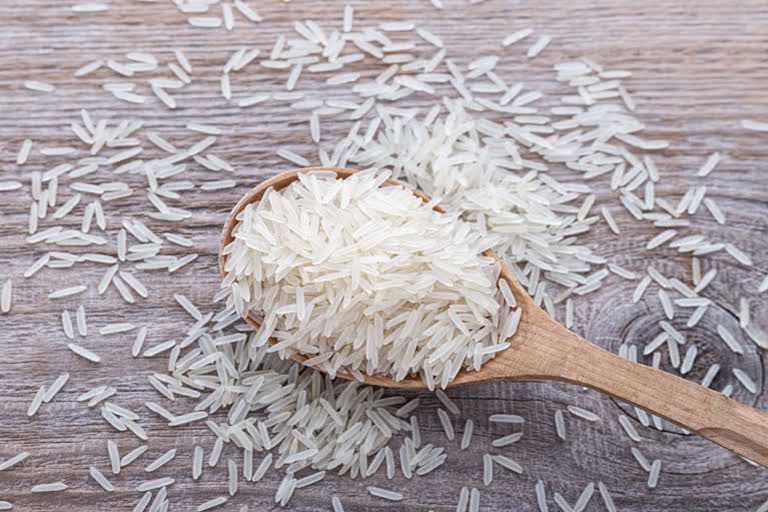Balaghat (Madhya Pradesh): The Chinnor rice variety of Balaghat has received the Geographical Indication (GI) tag. The income of the local farmers will increase with this tag. The Chinnor rice grown in the area will also get a fair price in the global market because of the GI tag.
MP CM Shivraj Singh expresses happiness
Madhya Pradesh Chief Minister Shivraj Singh Chouhan has expressed happiness over Balaghat's Chinnaur rice getting GI tag. Shivraj Singh has thanked Prime Minister Narendra Modi, Commerce Minister Piyush Goyal, Agriculture Minister Narendra Singh Tomar.
Shivraj Singh has expressed hope that the Chinnaur rice-producing region of Balaghat will be known in the world. This will also strengthen PM Modi's effort to double the income of farmers.
The speciality of Balaghat's Chinnor rice
Paddy is scientifically divided into three categories for aroma - low, medium and strong aroma. Chinnor is one of the varieties of strong aroma. Generally, the amount of rice bran is 17-18 per cent, while in Chinnaur it is 20-21 per cent. The specialty of Chinnor rice is its aroma and taste.
What is GI Tag?
In May 2010, India divided its seven states into Himachal Pradesh (Himachal Pradesh), Punjab (Panjab), Haryana (Haryana), Uttarakhand (Uttarakhand), outskirts of Delhi (Delhi), western Uttar Pradesh and some parts of Jammu and Kashmir gave GI tag to Basmati rice. A GI tag is given to link a product to a specific geographical identity of its origin. So that product can become different and special.
Parliament's recognition
The Indian Parliament had implemented 'Geographical Indications of Goods' in 1999 under the Registration and Protection Act. Based on which the legal right of a particular item found in any area of India is given to that state. This GI tag legally prevents the illegal selling and marketing of a product found in a particular geographical location in another place.
Benefits of GI tag
Products get legal protection through the GI tag. It prevents the copying of products. Along with this, the GI tag is also a measure of the good quality of a product, due to which the market for that product is easily found in the country as well as abroad. This tag opens the door for the development of a product and then the development of that particular area, starting from employment to revenue growth. Getting a GI tag gives a unique identity to the area associated with that product.
First GI tag in the country - Darjeeling tea
The first GI tag was given to Darjeeling tea in the year 2004. After this, more than 300 products that have become the identity of different states and regions of the country have got GI tags. These include saffron and pashmina from Kashmir, oranges from Nagpur, Bengali sweet rasgullas, Banarasi saris, laddoos from Tirupati, etc.
Also Read: China accuses India of illegally crossing LAC to encroach Chinese territory



